Garrett’s Space will honor the memory of AAPS alumnus Garrett Halpert
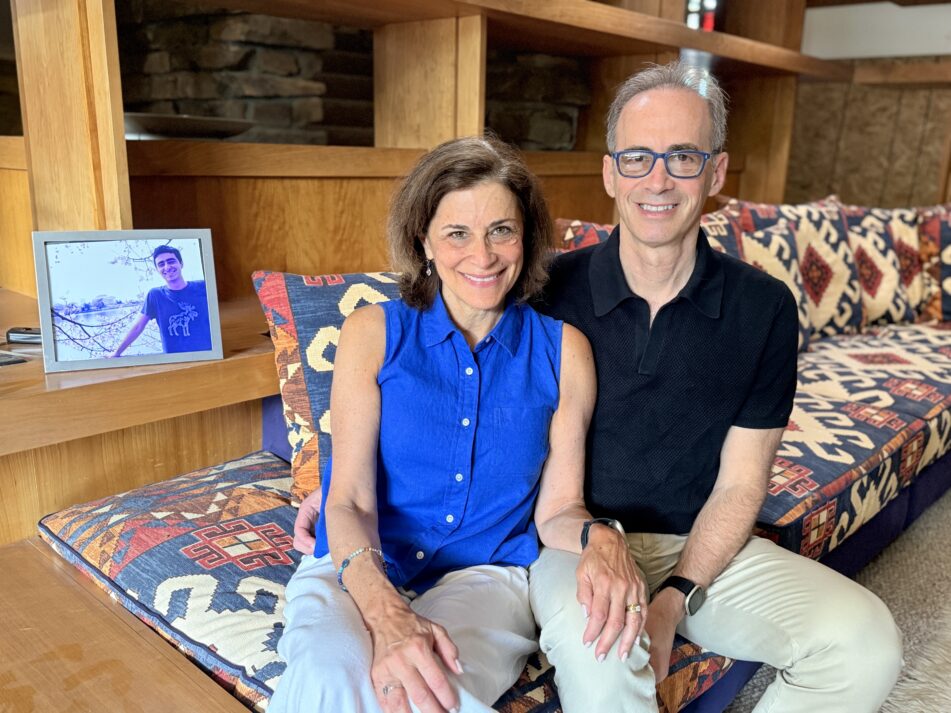
When 2012 Pioneer High School graduate Garrett Halpert took his own life in 2017, his parents Julie and Scott faced an unimaginable loss.
Channeling their pain into purpose, they are creating Garrett’s Space—an innovative mental health support center in Superior Township that aims to fill critical gaps in services for young adults struggling with depression and anxiety.
The couple says Garrett was an exceptionally warm and empathetic person who made a lasting impact. As Pioneer’s top tennis player and Washtenaw County’s Player of the Year for his junior and senior years, he excelled both athletically and academically.
But more importantly, he was known for his kindness, intervening when others were mistreated and serving on Pioneer’s Positive Peer Influence team to help struggling students. His natural ability to connect with people of all ages made him beloved by friends, family, and the children he coached in tennis.
Despite his many gifts and his own efforts to heal through poetry, meditation, and yoga, Garrett ultimately lost his battle with mental health challenges.
Garrett’s battle with mental health challenges revealed to his parents the significant gaps in mental health services for young adults, particularly those who need more support than traditional therapy but aren’t actively suicidal.
“There are very few non-medical approaches that provide a cocoon of support with peers,” Julie Halpert explains.
This realization drove them to create Garrett’s Space, a unique residential center that will offer a completely non-medical approach to mental health support, designed as a supplement to traditional therapy.
The ambitious project centers around an impressive 10,000-square-foot residential facility and a 2,000-square-foot creativity center, situated on 76 acres of diverse natural landscape. The space will accommodate up to 30 young adults at any given time—20 for residential stays and 10 for day programming.
What sets Garrett’s Space apart is its focus on short 30-day stays specifically designed for young adults facing depression and anxiety who can benefit from connections, coping skills, and being in a professionally facilitated, supportive, and healing environment with their peers.
The goal is to give them critical coping skills and help them see that others their age are going through similar challenges to help them give them perspective and hope.
Garrett’s Space is not designed to treat young adults with more serious and complex psychiatric disorders, which typically require long-term inpatient care.
The center will incorporate many of the healing practices that Garrett found meaningful: creative expression through art, music, and movement; connection with nature through hiking and outdoor activities; and most importantly, peer support facilitated by caring professionals.
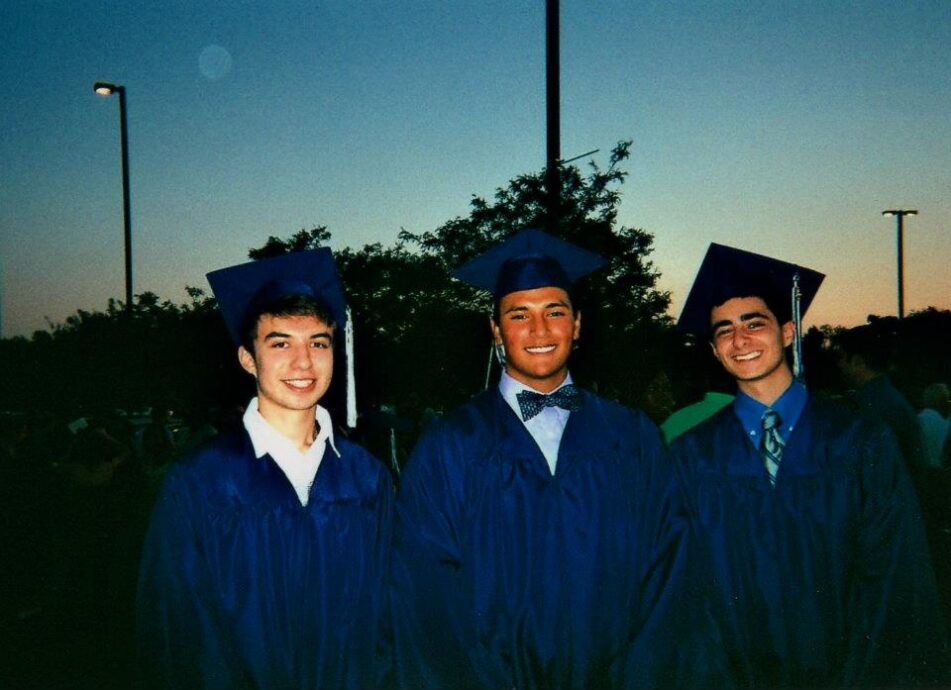
For the past four and a half years, the Garrett’s Space team, led by Clinical Director Peggy Galimberti, has been making a difference through virtual wellness programming, offering support groups for young adults within a 50-mile radius of Ann Arbor. Participants have described finding a “welcoming, judgment-free space,” and some have credited the program with saving their lives.
The new residential center is expected to open for day programming in fall 2025, with residential stays beginning in fall 2027.
To support this vital mission, the community is invited to a fundraiser on Saturday, August 23rd at Washtenaw Community College—an event that will include a light dinner, refreshments, a silent auction with local and regional items and experiences, updates from Garrett’s Space, and inspirational presentations and performances. All funds raised will benefit Garrett’s Space’s wellness programming and the creation of a residential center, a non-medical support option for young adults struggling with depression or anxiety.
Tickets are on sale now and can be purchased at garrettsspace.org/go4-2025. They are priced on a sliding scale, starting at $10 for high schoolers, $25 for young adults, and $75 for adults. Additionally, there is a “Pay What You Can” option available on the ticketing page to ensure the event is accessible to all.
We asked Scott and Julie Halpert to tell us more about their son, Garrett, and the residential center they are creating in his memory.
Can you tell us about Garrett as a person? What was he like growing up and during his time at Burns Park, Tappan, and Pioneer High School?
Scott: Garrett was one of the warmest and kindest people you will ever meet. He was especially
empathic and helpful to others who were feeling down. After he passed away and to this day,
numerous people have told us what a significant impact he had on their lives. When Garrett saw
someone being treated poorly by others, he would intervene as far back as middle school to be an
advocate for them.
From an early age, he thrived and was most happy when he was with others. He relished socializing with those of all ages, from young children to peers and older adults. He was like a Pied Piper when coaching children in tennis. They adored him. He had so many wonderful friends. He played the top singles spot at Pioneer beginning as a freshman and throughout his four years of high school and was voted Washtenaw County’s Player of the Year for his junior and senior years. In addition to being one of the top tennis players for his age group in the state, he had many other gifts.
He thrived academically and performed one of his poems at Breaking Curfew, a high school talent show that was held at the Power Center. He truly lived to help others. While at Pioneer, he was a member of Pioneer’s Positive Peer Influence team, which helps students who are dealing with challenges. We have a close-knit family, and his sisters, as well as we, his parents, of course, adored him.
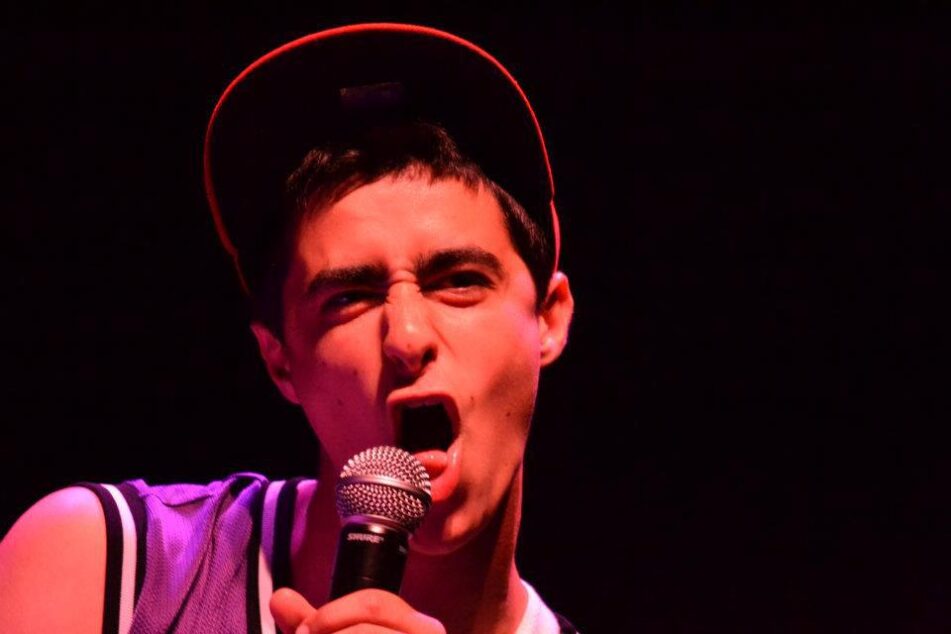
What would you want other parents to know about supporting teens who might be struggling?
Scott: We need to preface this response with the important caveat that we’re not mental health professionals. From strictly a parent perspective, we would say first to let them know how much you care about and love them, and ask how you can support them. This is something you can do generously. Also, sit with them and be there with them. You will never regret doing these things. Finally, one thing that is clear from the experts is that if you believe your child is struggling in a meaningful way, you should ask them whether they are considering harming themselves, even though this is a difficult question to ask, and speak with a mental health professional to get them the help they need.
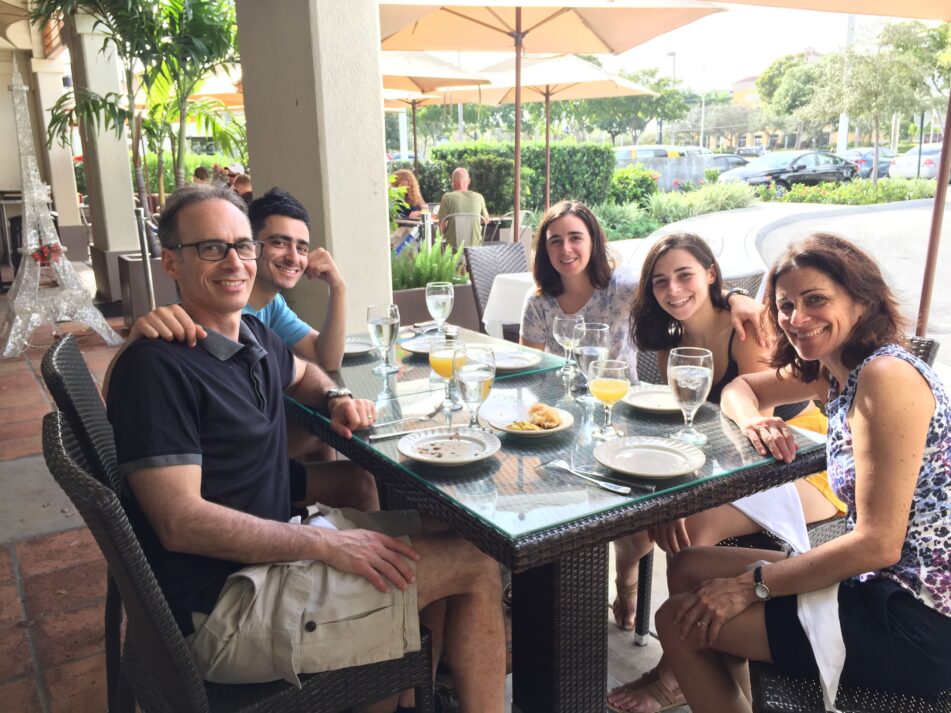
What drove you and Scott to channel your grief into creating Garrett’s Space? Why did you feel this type of support was needed?
Julie: When you lose a child to suicide, you are filled with thoughts of regret about what you could have done differently. Those thoughts can plague and paralyze you. We were unable to save Garrett, but we believed our path forward was to find a way to help other young adults who are struggling with their mental health. Through our journey in trying to get Garrett the help he needed, we realized that there was a huge gap in support for young adults who need more than medication and regular visits to their therapists, but aren’t actively suicidal. There are very few non-medical approaches that provide a cocoon of support with peers. We wanted to create that with Garrett’s Space.
There are very few options that provide a welcoming haven for young people – a retreat-like atmosphere where they can focus on healing and gain strategies for living in a hard world. There are also very few short-stay options. And most are unaffordable. We will be providing our support as a fee-for-service, but on a sliding scale.
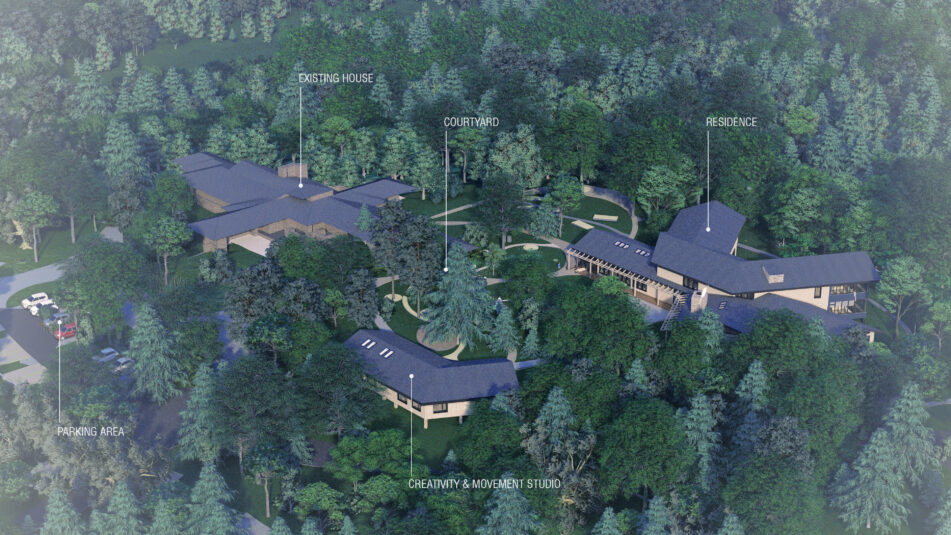
Why is it so important to reach struggling youth before they reach a crisis point, and how does Garrett’s Space aim to do that?
Julie: Prevention is key. We lose so many young adults to suicide because they feel they are alone in their struggles, that there is something wrong with them that is insurmountable. They lose hope. Garrett’s Space, through its peer support model, will bring young adults together with those their age who are facing similar struggles. Guided by a team of caring facilitators, we believe we can restore hope and give them perspective concerning their own challenges and arm them with new tools and strategies to help them be more resilient. And they know they have a team they can lean on to get support. The goal is to reach them before they become desperate.
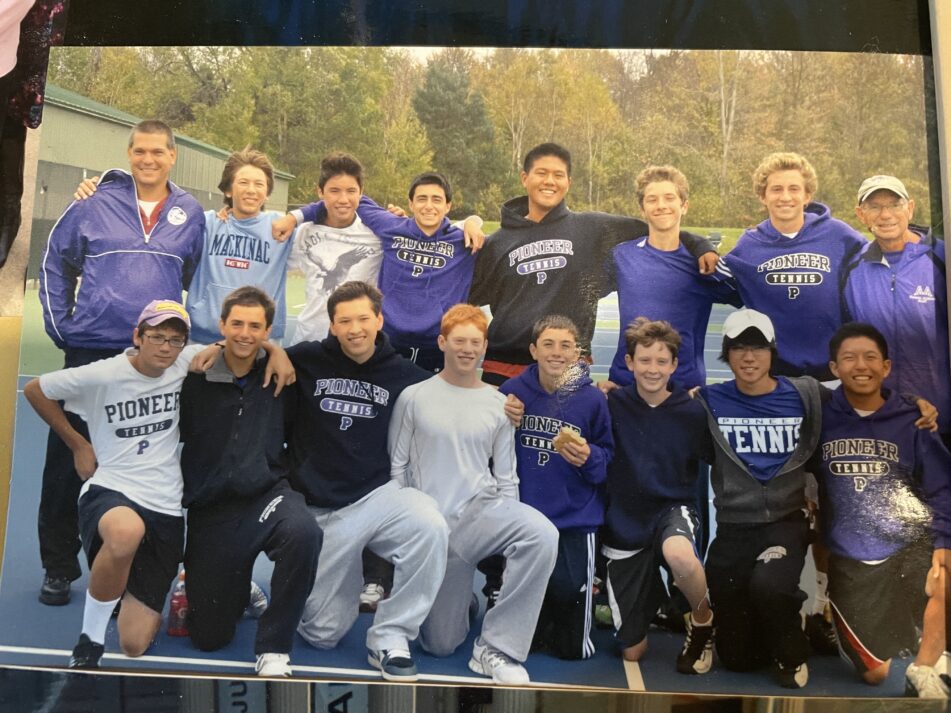
What made you decide to go this big, and what will this space allow you to offer that smaller facilities can’t?
Scott: There are two buildings. The residence is 10,000 square feet. There will also be a 2,000 square foot Creativity Center. We will be supporting as many as 30 young adults at any given time, 20 for residential stays and an additional 10 for day programming. This type of space will allow us to offer a variety of activities, including indoor activities like movement, art, music, and games, to outdoor ones like nature hikes, campfires, and volleyball.
We are going this big because we want to be able to accommodate a larger number of young adults in our community and across the country who are struggling with their mental health and who are in desperate need of a space like ours.
Tell us about the separate creativity studio you’re planning. How will activities like
music, art, movement, and nutritious cooking play a role in the healing process?
Julie: We plan to offer young adults the tools which provide healthy outlets – ways to live a happy life.
We have conducted research that shows the benefits of these types of outlets. They’re wonderful
ways for young adults to channel their passions. And with nutritious cooking, there is a strong
mind/body connection. Many young adults may realize that eating in a healthful way is a good
idea. But they don’t know how to do it.
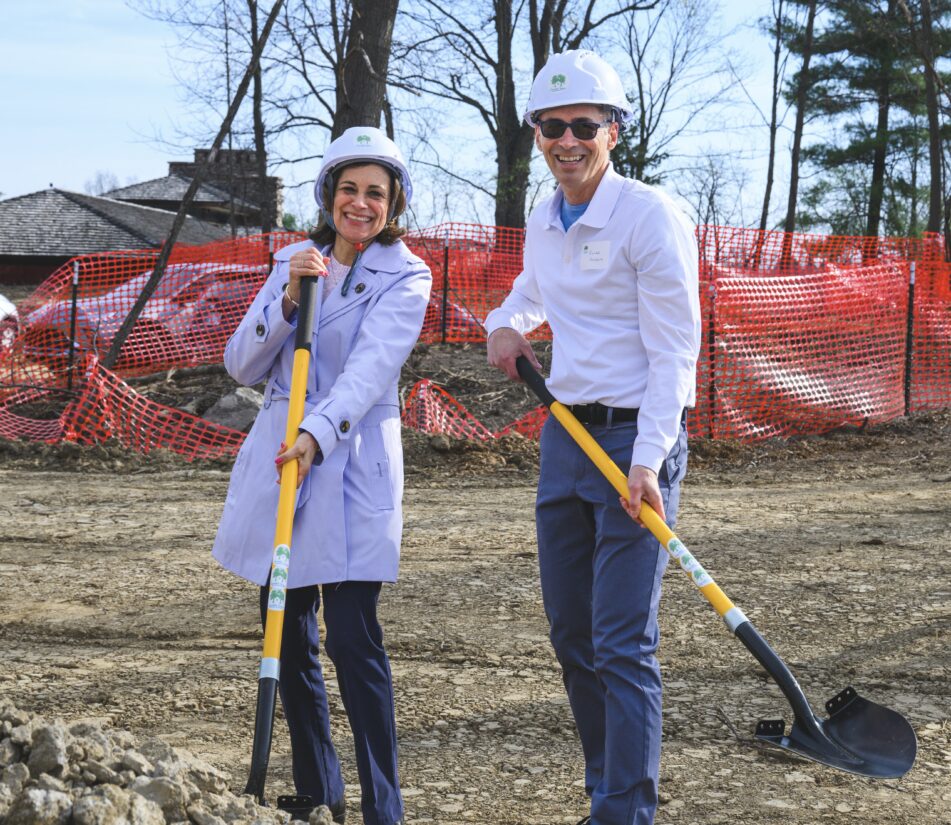
What makes Garrett’s Space different from other mental health facilities? What’s
your unique approach to supporting young people?
Julie: I touched on some of this above. We are one of the very few residential centers with a completely non-medical approach. This is considered a wrap-around supplement to therapy, and young adults at the center will continue to see their existing therapist via telehealth while they’re there.
We are also one of the few places with short, 30-day stays designed for those who are feeling anxious or depressed. This target population represents the largest group of young adults who are struggling with their mental health, but is largely unaddressed in the way of residential spaces in our country. Many residential centers are designed for those with serious psychiatric disorders and require longer stays, as much as nine months to a year, and are prohibitively expensive. We will be offering our services on a sliding scale. Accessibility is a focal point for us.
Taking on a project of this magnitude while dealing with your own grief must be incredibly challenging. What keeps you and Scott motivated during the difficult moments?
Julie: It’s true that this is challenging, especially dealing with the struggles of many young adults and, in some ways, being reminded of our son’s struggles regularly. We understand how parents who have lost a child to suicide would not want to be in this space. It’s hard. But knowing that we are already helping young people with our Wellness Programming, which has been offered for the past four and a half years virtually, has been extremely gratifying. Some of these young adults have told us that they have never found such a welcoming, judgment-free space before. Others have told us this has saved their
lives. That definitely keeps us going.
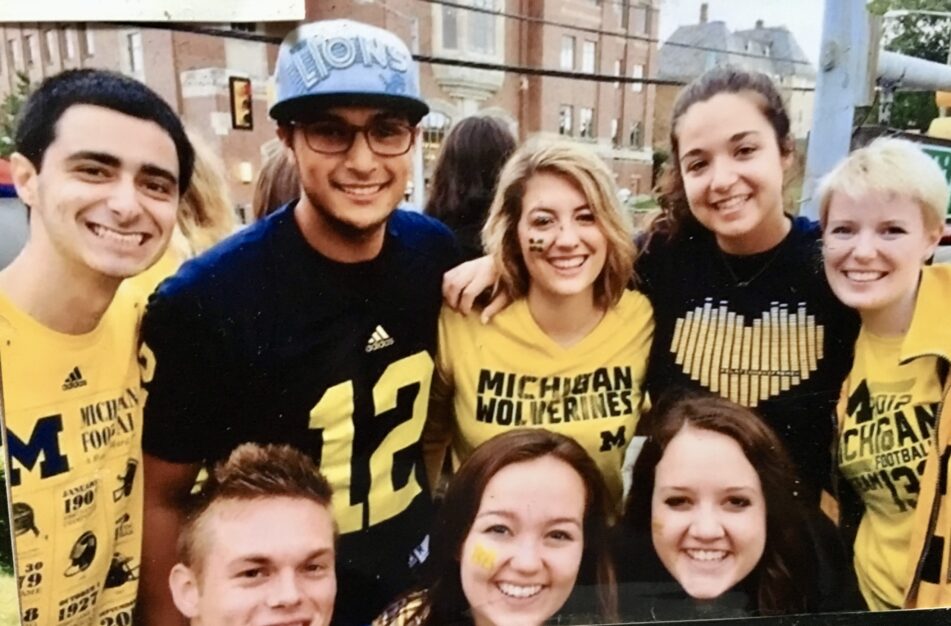
What were some of Garrett’s passions and interests that you’re now incorporating into Garrett’s Space’s mission and programming?
Julie: Garrett was on a constant mission to heal himself when he faced adversity through activities like poetry, meditation, and yoga. We plan to incorporate those activities at our center. He also found solace in nature, and we are building our center at a place with incredible and diverse nature.
Most of all, Garrett was all about listening to and supporting others, and that’s what we do at Garrett’s Space.


What have been some of the biggest obstacles you’ve faced in bringing Garrett’s Space from concept to reality?
Scott: As you pointed out, it’s a monumental project with many moving parts. And we are building something entirely new. We aim to make Garrett’s Space a model that can be replicated nationwide, so that’s a big responsibility. We want to do it right. And that takes a great deal of time and effort. We feel very fortunate that we have attracted an incredible team of talented experts to spearhead this ambitious mission, including our newly hired Executive Director, Dave Garcia. Lastly, we would say that while it hasn’t yet prevented us from providing programming and building our new space, raising funds for this important project is top of mind.
Other non-profits are currently facing existential threats because of government cuts and other
challenges in this difficult environment. We just want to be sure that supporters and philanthropists know that even though we haven’t been affected by these issues, we still have the same needs as before to raise funds for our center and ongoing programming.
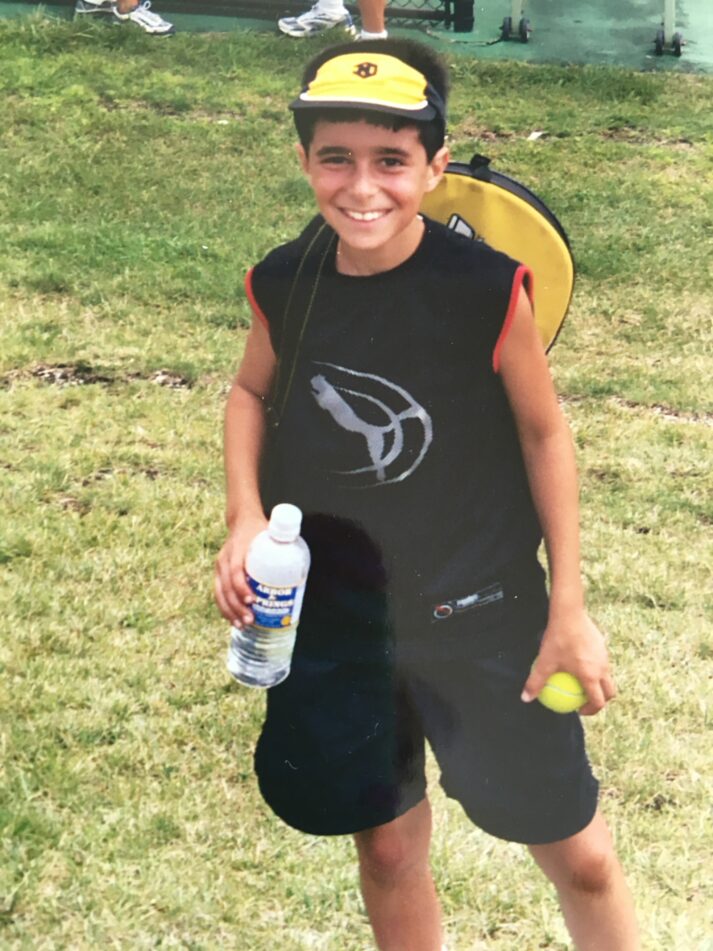
How can community members support Garrett’s Space, whether through volunteering, donations, or simply spreading awareness?
Julie: All of the above! We will rely heavily on donations, so that’s the best way to support us. We are eager for people to host “friendraisers,” small gatherings for those who have an affinity for our mission and resources to support it as a way of spreading awareness. We are eager for a large turnout at our fundraiser on August 23rd.
What’s your timeline for completion, and what would you want people to know about how they can be part of making this vision a reality?
Scott: Our programming so far has consisted of professionally facilitated support groups for young adults ages 18-28 who are struggling with depression or anxiety. These groups, which began during the pandemic, are mostly virtual. However, we’ve been adding monthly in-person get-togethers in public places and some light movement and nature-based activities for the past couple of years. The feedback from our participants has been exceptionally positive – we are making a critical difference in their lives, giving them the community of peers and support they desperately need and crave.
We and our participants are truly excited that our new property should be available for in-person activities sometime this fall. The property has an existing warm and inviting Frank Lloyd Wright replica house and sits on 76 acres, including incredible topography, with large and stunning forested areas, fields, a pond, and a stream. We plan to use the existing house for administrative offices and some programming.
We expect our two new structures and the campus to be completed by the fall of next year, at which time we plan to open up the center for extensive day programming. Nine to 12 months later (in the fall of 2027), we will open up the center for residential stays of up to 30 days.

Be the first to comment